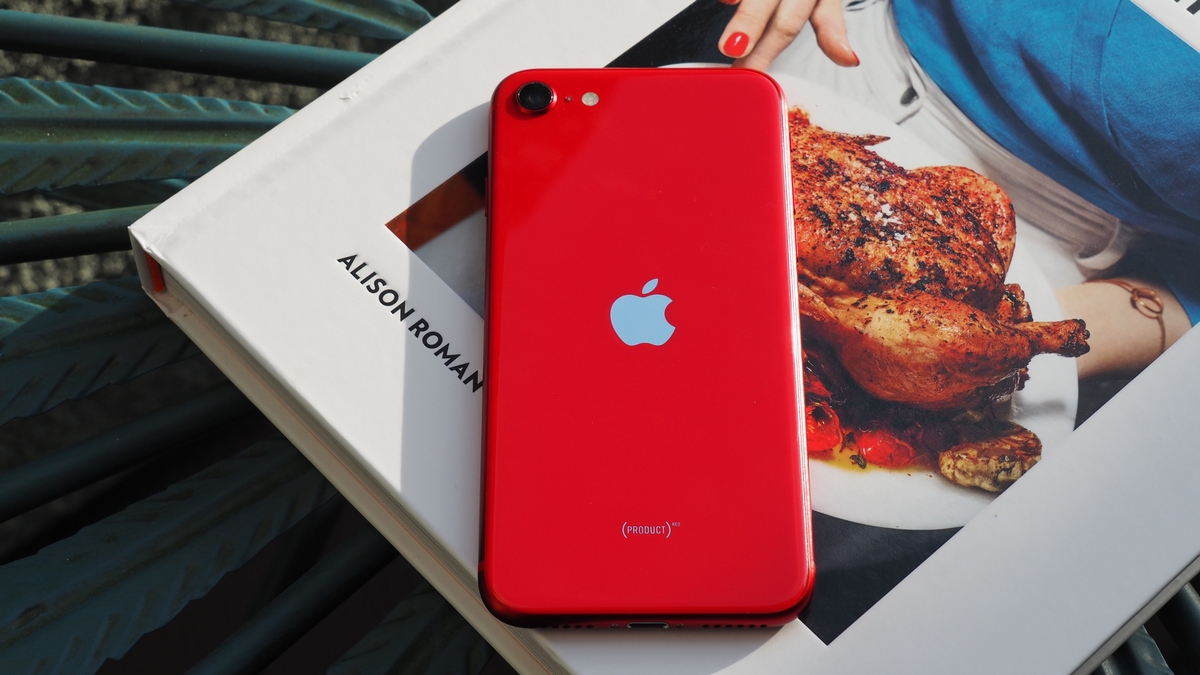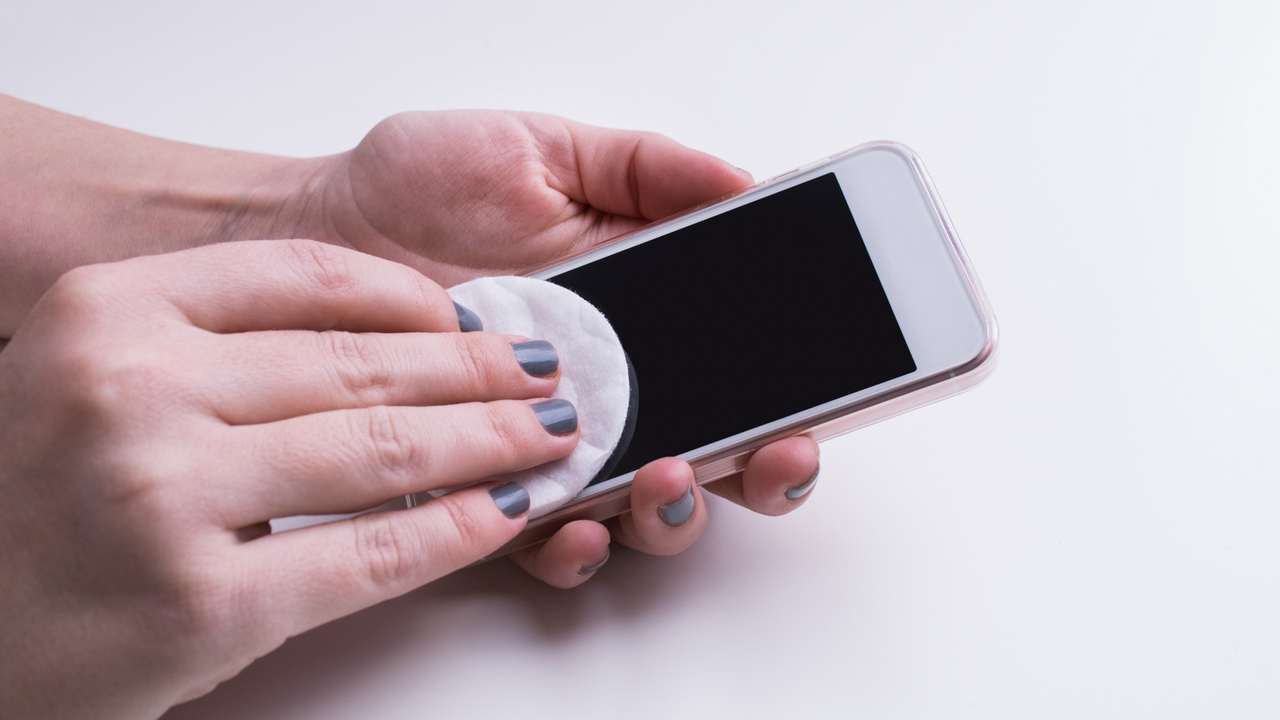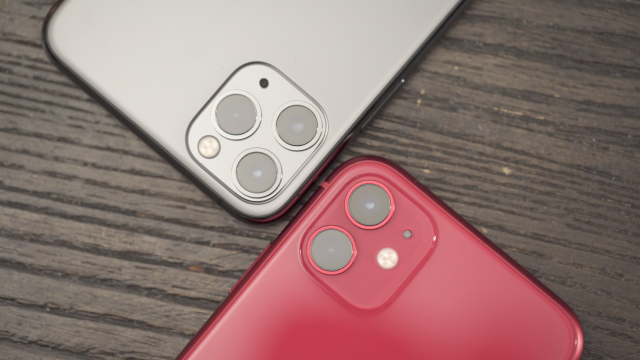Apple will undoubtedly tell us in the early hours of Wednesday morning that it’s never made a device quite like the iPhone 12. Or words to that effect, anyway. The problem is, we’ve never had a year quite like 2020. And that creates some big challenges for Apple as it tries to sell its latest premium phones.
The 2020 Apple rumour mills are having their last few desperate turns and swirls before the big “Hi, Speed” event on 14 October – early in the A.M for those of us in the Antipodes. Usually there wouldn’t much left to do but wait until Tim Cook takes the stage in front of a crowd of carefully selected journalists and whoopers at the Steve Jobs Theater at Apple’s Cupertino campus.
Except that’s not what’s going to happen this year, because it’s 2020. And 2020 very much has its own agenda that isn’t terribly kind to the idea of people being tightly packed into small enclosed spaces.
What Apple will inevitably do instead is hit play on a meticulously edited package that’s probably already been finalised. It can then let the media frenzy and sales hype wave surge from there.
In any other year, Apple would subsequently clock up millions of iPhone sales. Although it’s been a good few years since it announced the actual numbers of handsets sold, despite the enduring popularity of the iPhone brand as a whole.
But again, 2020 isn’t just any year, and there’s a couple of factors that may well make that iPhone upgrade path a little more rocky this time around. And we’ve already experienced that with Apple holding its iPhone launch in mid-October, rather than September, due to COVID-19 related production delays and international shipping constraints.
Those are business problems for Apple that it will either solve, or fail to cover adequately. Here in Australia we tend to be part of the very first wave of iPhone sales. It’s long been the case that the first effective “sold” iPhone in a given year happens at an Apple store in either Melbourne or Sydney, depending on which store can ring up the cash register faster.
Again, that’s a spectacle that’s diminished in recent years. I was the Gizmodo Australia editor back when iPhone queues were newsworthy in their own right, which just goes to show that I’m old that it was once a trend. I can only imagine with the in-store COVID precautions that Apple has in place that it won’t be looking to any kind of queuing action for the iPhone 12.
However, those are Apple’s problems, and I’m more interested in a different line of thought. In 2020, is there really a call for a new iPhone at all?
Before I get drummed out of the corps of gadget reviewers (senior editor’s division) for my heresy, I will remind you that I love me a new shiny gadget as much as the next human. After all, I’ve spent more than 20 years writing about them.
However, there’s two key factors that really make me think that if Apple did shock the world – and put its share price into a tailspin – by not announcing a new iPhone on Wednesday morning it wouldn’t be the worst result.
Smartphones aren’t new any more

Like I said, I’ve been covering iPhones for as long as there have been iPhones, and well before then as well. I was in the audience at MacWorld 2008 when Steve Jobs talked about an iPhone you couldn’t even officially buy in Australia at that point.
Once we could buy iPhones, Australians went well and truly nuts for them. And it’s a love affair that’s barely abated in the many years since.
In that time, however, smartphone technology has improved a lot, whether you’re talking internal processors, screen technology or cameras. Hell, even the once-constant whipping boy, the iPhone battery life, isn’t quite as apt as it used to be. Although it’s still a sore point on the iPhone SE 2020, but then that’s an iPhone 6 with a jet engine strapped to the back, anyway.
While Apple sells itself as a premium brand with luxury experiences – the supercar equivalent of smartphones in more ways than one – you don’t need a supercar to go down the road to do some shopping, or even to make it into work each day. That’s a role that’s filled by much more practical, even mundane, vehicles. Although we may still lust after those shiny multi-million dollar vehicles in private.
It’s a trend that’s only accelerated this year, too. While the Apple faithful might never look over the Android side of the fence, the reality is that a lot of the mid-range Android phones you can buy right now have really good performance, camera features and design.
To keep the Apple fans happy, the same (outside battery life) is true of the mid-range priced Apple iPhone SE 2020, a phone that smokes the competition in a straight line benchmark test.
Even your traditional areas of “premium” phone performance like low light are under sustained attack. Do you still get the absolute best low light shooting from a premium flagship in 2020?
Okay, you do. But so far this year I’d hand that award to Huawei, and that’s a brand you’d buy only for the cameras, because it’s Google-Without-Google-Apps approach to smartphones is a bit of a trash fire.
Sorry, Huawei. I love your hardware approach and I’m keen to see what you actually do with the Mate 40 but your software story isn’t a compelling one.
But I digress.
Times have changed dramatically. Devices like the Google Pixel 4a and upcoming Pixel 4a 5G/Pixel 5 offer very good low light photography in a phone that tips the scales under $1,000. That’s a mighty compelling price tag, especially during a pandemic.
2020 has changed our relationship with smartphones

The other reason why Apple could afford to “take a year off” is because it’s 2020 — a year that has changed the world in a bunch of ways, some more profound than others.
If you’re a mobile phone maker, arguably the most obvious is that a substantial quantity of the world’s population simply isn’t as mobile as it once was. That’s a highly variable story across Australia, depending on levels of lockdown and your own personal safety assessments, but anyone with any lick of sense isn’t spending anywhere near as much time out and about as they used to.
To delve into anecdotal territory, I’m somebody who already worked out of a home office before Coronavirus struck. I was already well versed in how to manage the kind of arrangement so many Australians have shifted to, either temporarily or on a full-time basis.
During that time you would find me on a train heading to the Sydney CBD for an event and working on the go. My phone was my centre of communication for both messaging and as a mobile hotspot.
I’d typically be on at least three such trips in a week, because that’s the nature of what I do. Even outside reviewing phones for a living, having a premium mobile that I could rely on for network speed and camera quality was a must.
But that was back then. I haven’t been on a train in Sydney since I wrote this story back in early March.
It feels like a lifetime ago. And in the months since, my relationship with my day-to-day phone has changed a lot.
The quantity of data I need on a mobile plan has plummeted, because 95% of the time I’m using my faster and far more affordable home Wi-Fi. It had been years since I really thought of my phone as a “calling device” first and foremost, but that’s arguably been its prime use in 2020, whether for radio appearances or recording parts of my own podcast, Vertical Hold.
While I’ve reviewed lots of phones this year, my daily driver has been the iPhone 11 Pro Max — a really great Apple phone that attracts a premium price. It’s never made much sense to upgrade year-on-year when it comes to iPhones. Even the iPhone XS is still powerful enough for almost anyone’s use. The iPhone 8/X generation isn’t terrible either, as long as you’ve taken decent care of your phone.
Back when the iPhone was the fresh hotness, you used to hear that aphorism about “the best camera being the one you have on you” a lot. And it really was best of breed for quite a long time. It seriously opened up the world of photography and social imaging in a way that nothing had before.
While I have no idea what Apple will charge for the iPhone 12 when the veil is lifted on Wednesday morning, there’s a strong argument that the best phone to have on you might just be the iPhone you already own – or failing that, possibly a much cheaper iPhone SE 2020.
The tech geek part of me would love to be proven wrong. Regardless, we’ll undoubtedly see the same lavish gushing and uncritical praise of Apple’s bounty across the internet as every other year.
But in 2020, as many of us have put various aspects of our life on pause, it feels as though Apple will have to do something truly spectacular to make the iPhone 12 feel all that special and worthwhile.
